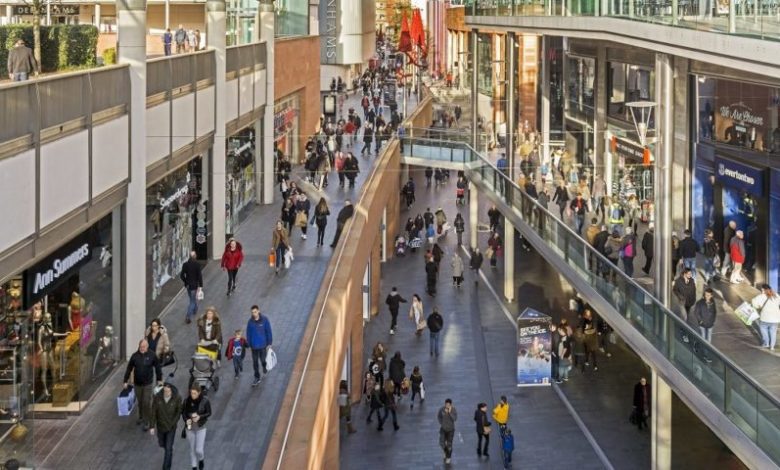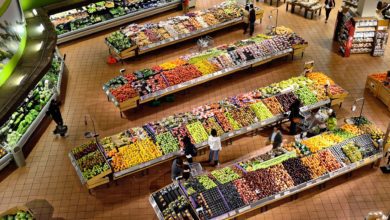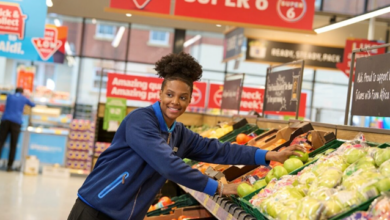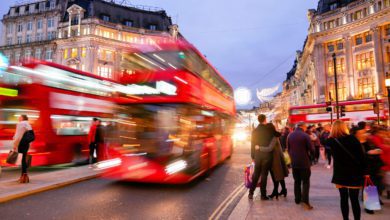Shop price inflation returns to ‘normal levels’, BRC finds
This has been confirmed to be below the three-month average rate of 0.9%, with the annual shop price growth being at its lowest since November 2021

Shop price annual inflation eased from 0.8% in April to 0.6% in May, according to the British Retail Consortium’s (BRC) latest shop price index.







